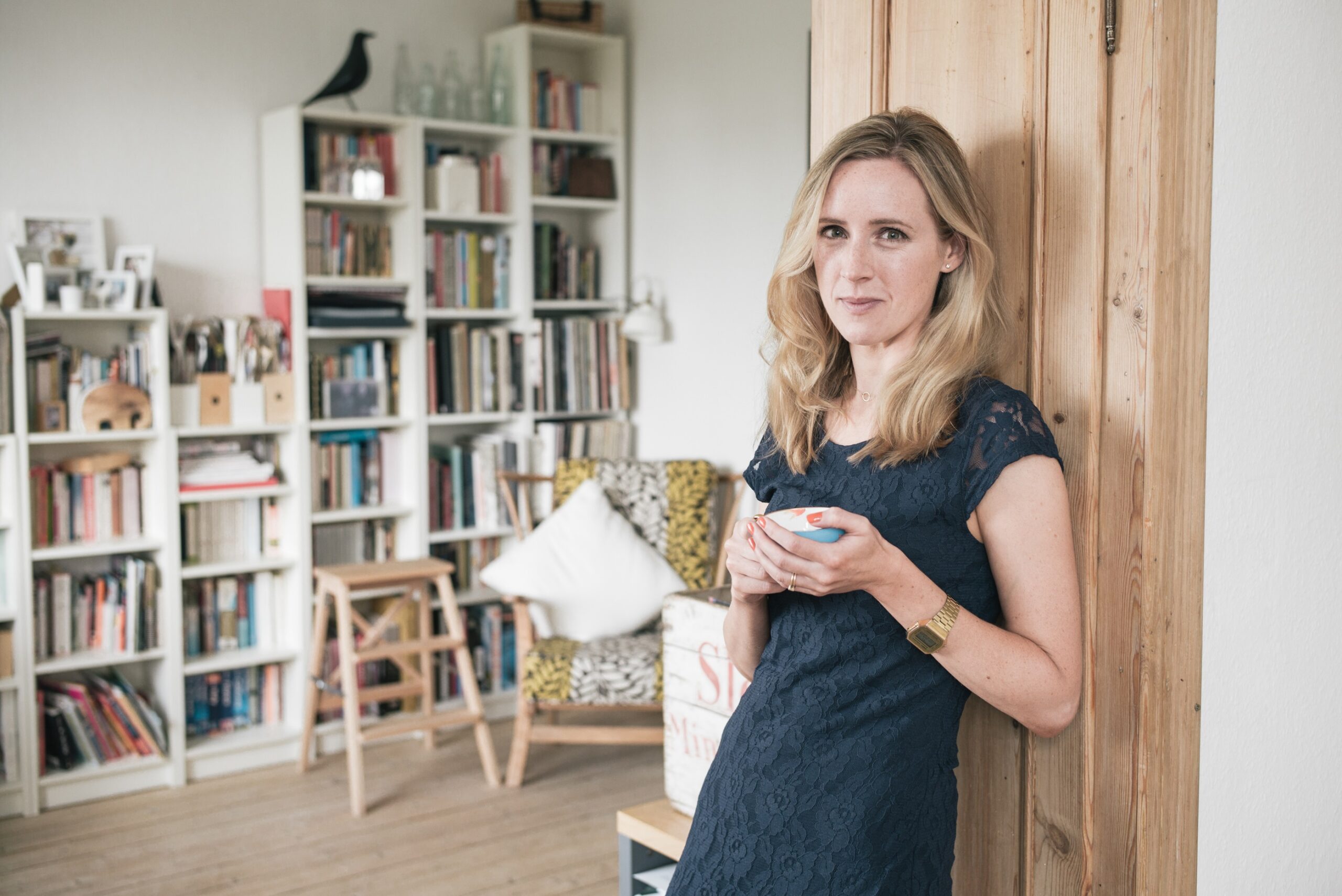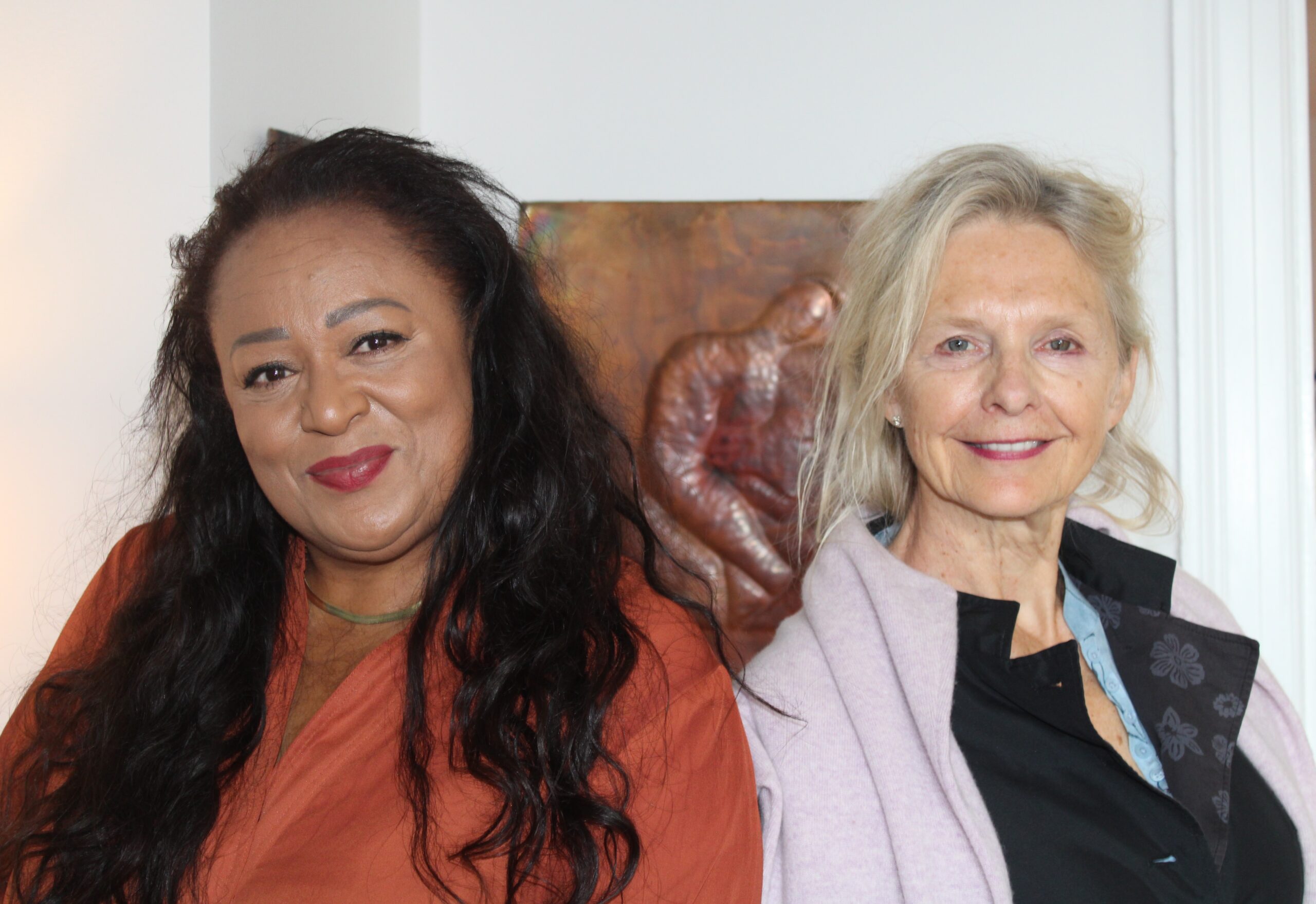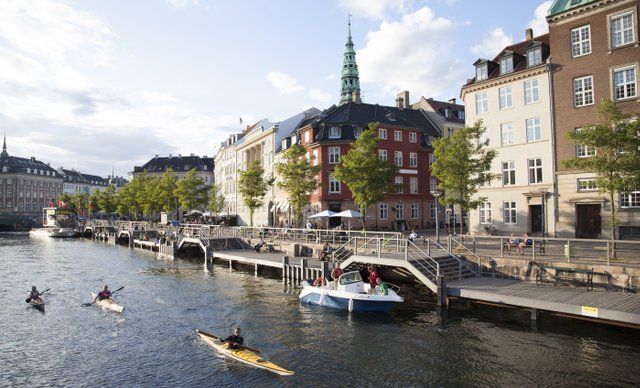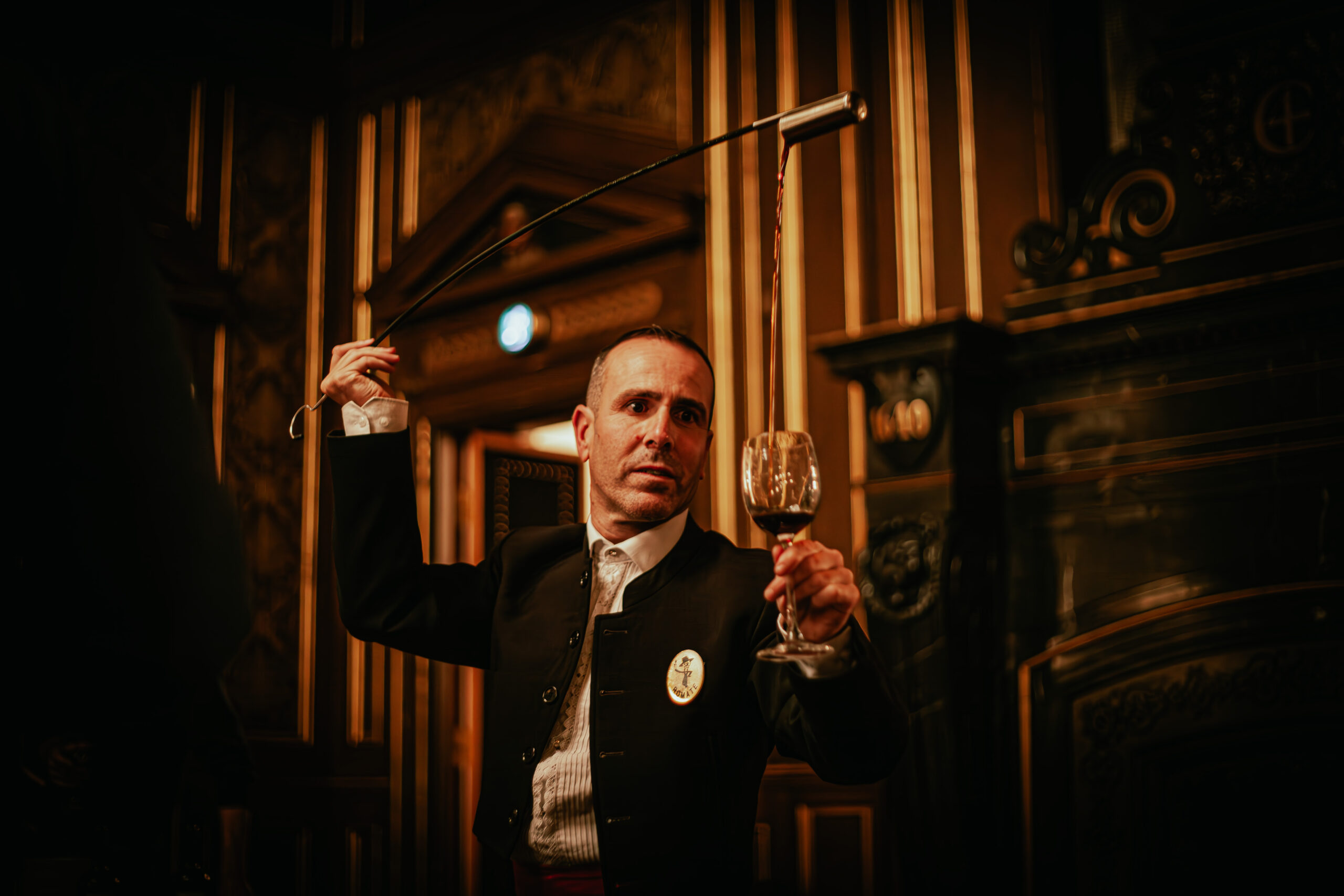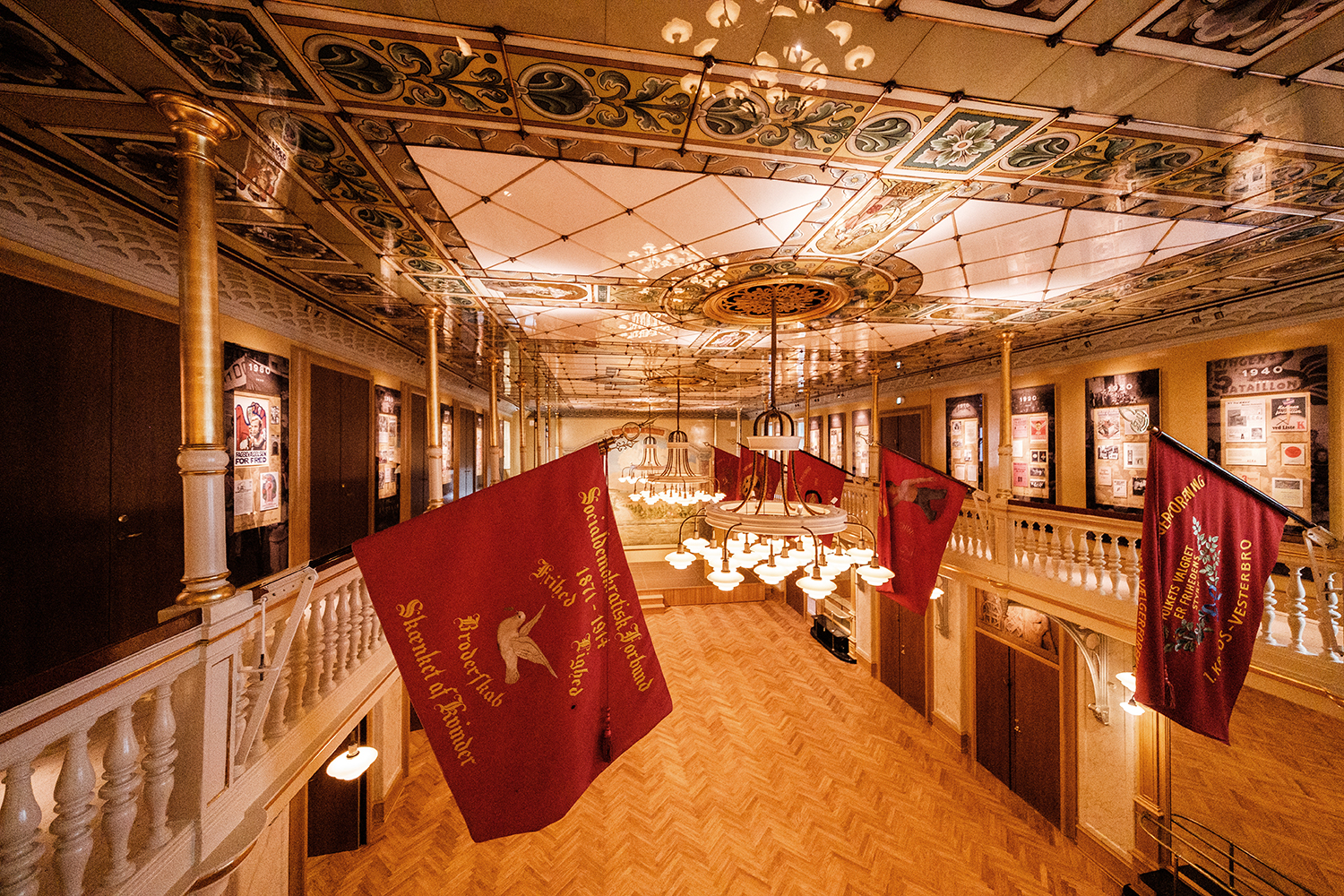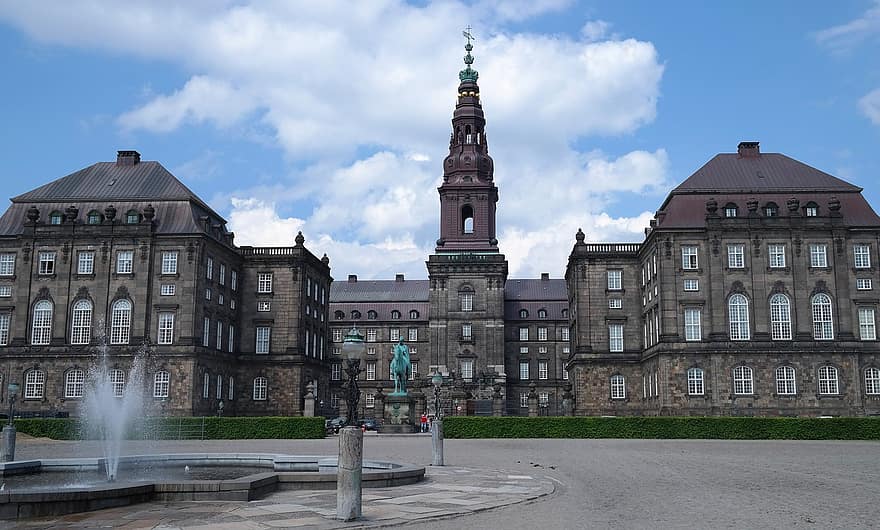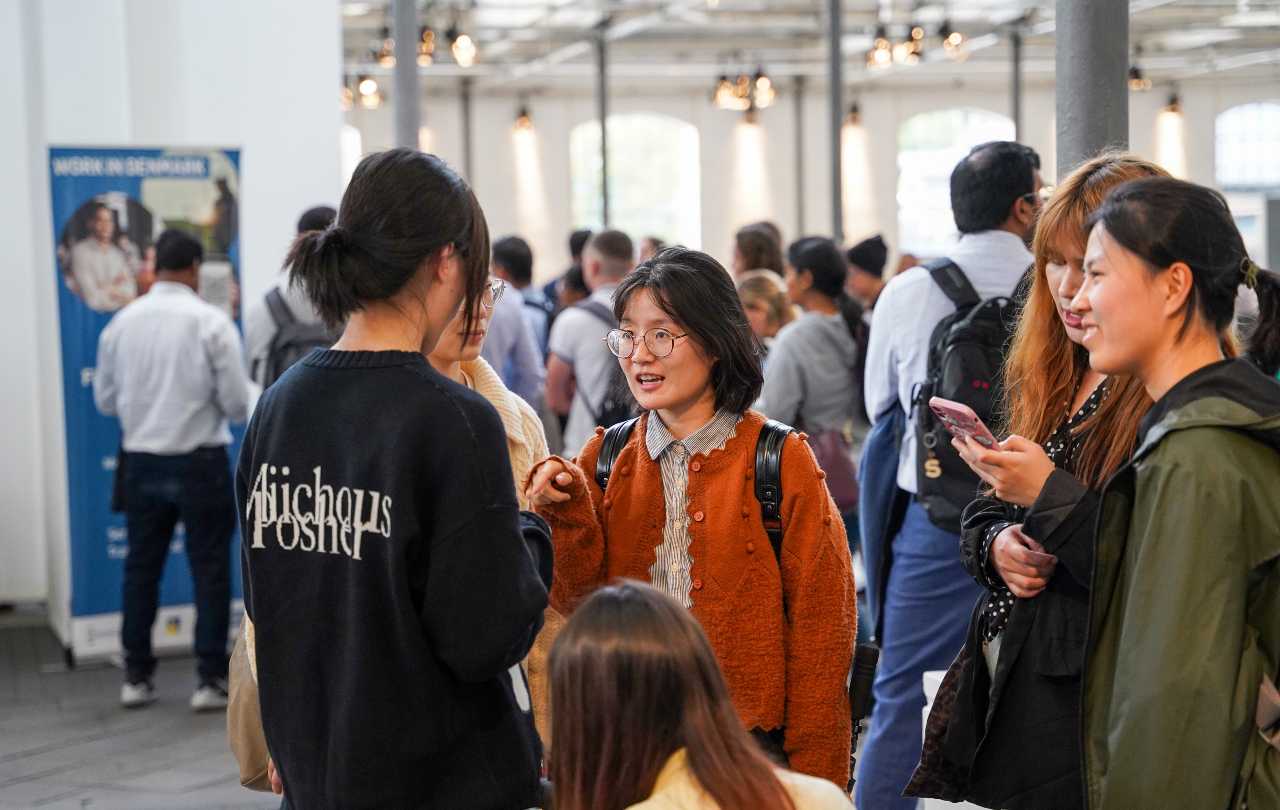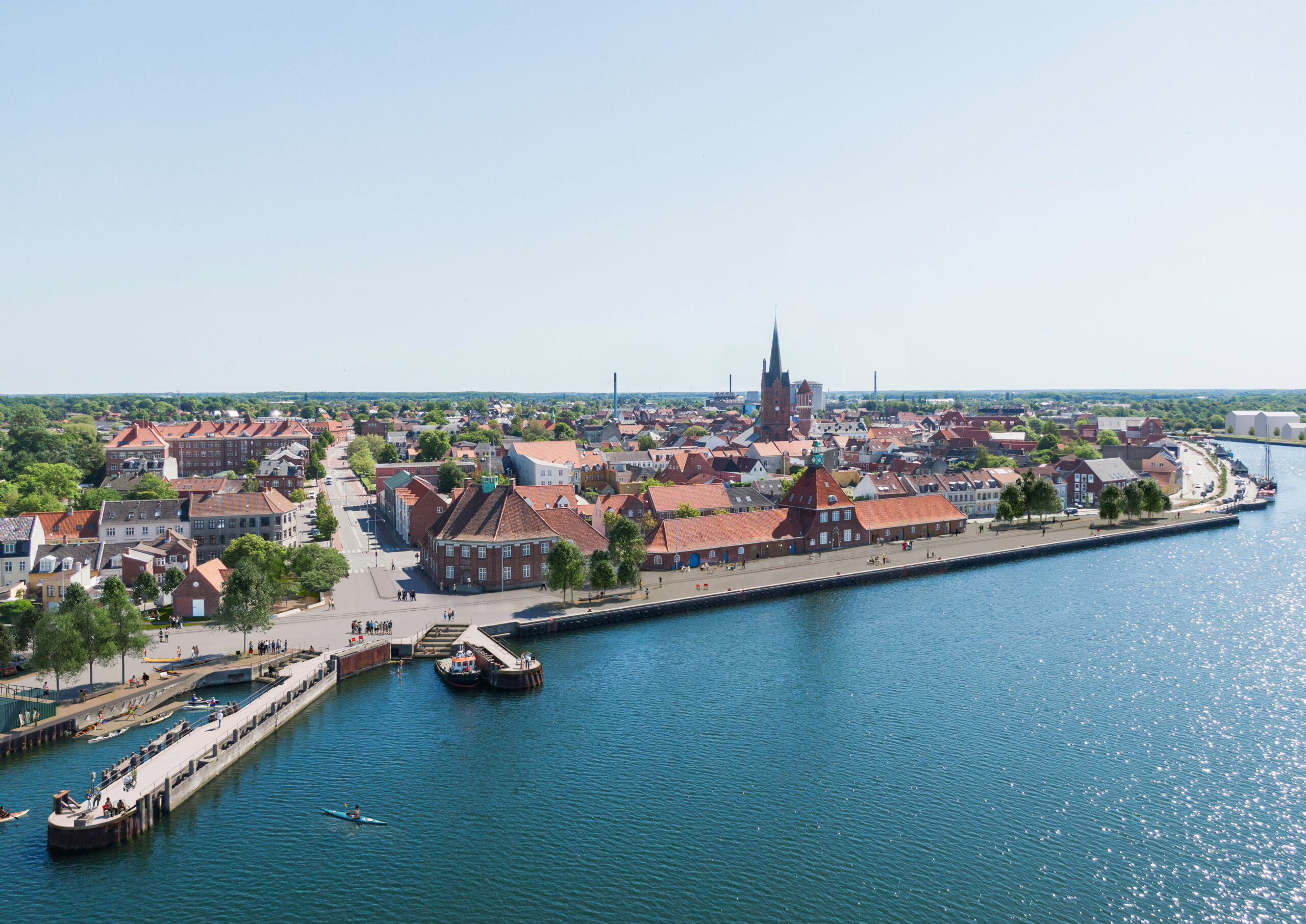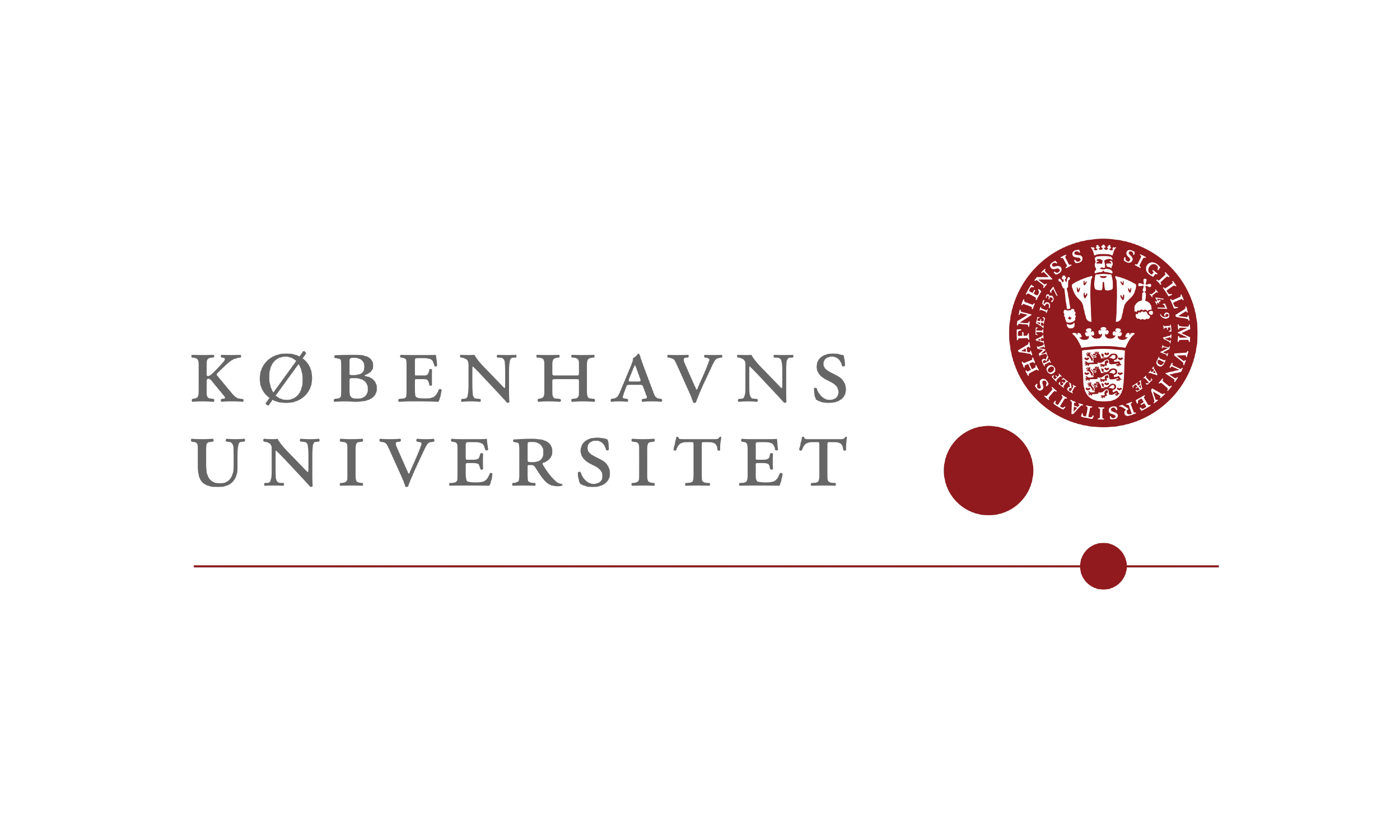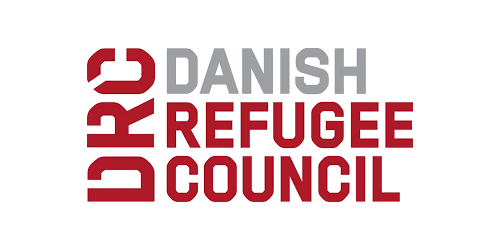Three years ago, a majority in parliament decided that judges presiding over court proceedings should wear what it called “neutral” robes. Those 650 garments have come in, and so has the final price tag – more than one million kroner – taxes not included.
Socialdemokraterne (S), in the opposition at the time, had worked to have the robe section of what was a larger bill removed, but ended up voting for the entire package. Members of the current Socialdemokraterne-Radikale-Socialistisk Folkeparti (S-R-SF) government, however, are now wishing that they had dug their heels in against the robes a little deeper.
“That is a lot of money to use on something that the judges themselves say they do not want,” Karina Lorentzen, a spokesperson for SF, told Politiken newspaper. “The robes create a distance between people and the legal system.”
The idea for the robes came about during a debate on forbidding judges from wearing clothing that could have religious connotations, such as a Muslim headscarf. Supporters believed that religious or politically charged clothing could have an effect in the courtroom and proposed the robes as a netural garment that could be worn during court proceedings.
“The demand for the robes came about when the Dansk Folkeparti created a hypothetical situation in which a Muslim woman appeared on the bench wearing a headscarf,” Pernille Skipper, a spokeserson for Enhedslisten, which voted against the proposal, told Politiken. “They packaged it in with the rest of the bill and decided judges should wear robes.”
The cost of the robes did not surprise Ole Hækkerrup, a spokesperson for Socialdemokraterne.
“They cost exactly what I feared, and now that they are bought and payed for it would be a joke if they were not used,” Hækkerup told Politiken.
Karsten Lauritzen, a spokesperson for Venstre spokesperson says he expects to see judges wearing the robes by August, when the law is due to take effect.
“A wide majority agreed to the proposal at the time, and I think that should be respected,” Lauritzen told Politiken.
The cost of the robes includes consulting and design fees of half a million kroner. The robes cost about 675,000 kroner to make.

